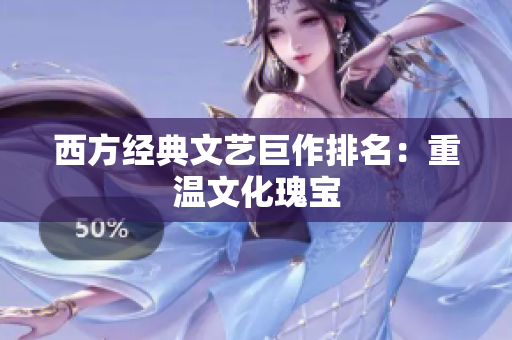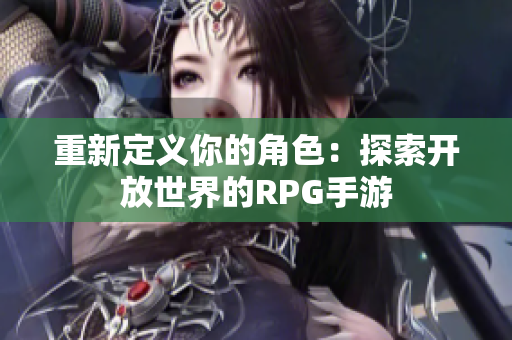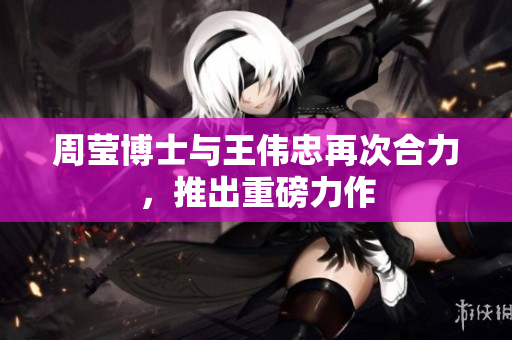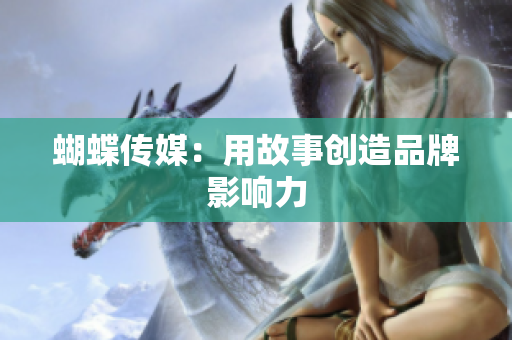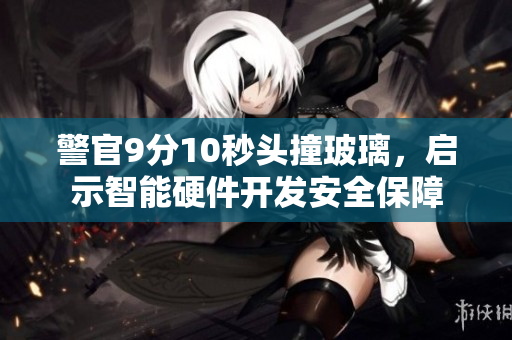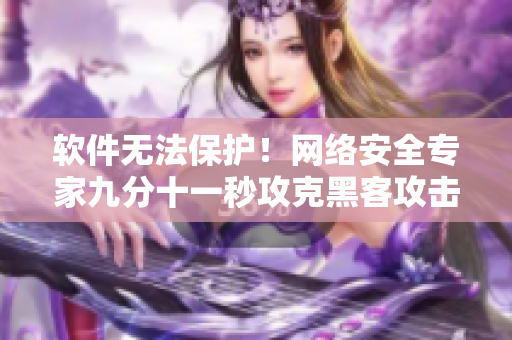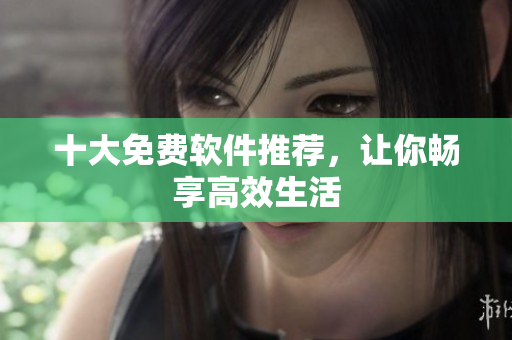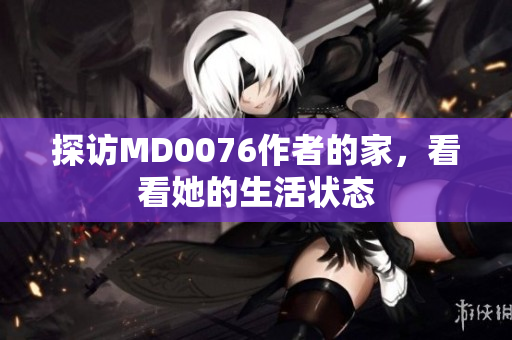Introduction
Western art has a long and rich history that spans centuries. Many of the world's most renowned humanistic works of art come from the Western world. In modern times, China has entered the era of 5G. However, there are still many challenges that the country must overcome to fully realize the potential of this technology. In this article, we will explore some of the top Western works of art and discuss the challenges and opportunities that 5G presents for China. We will also address some recent incidents in Chinese classrooms, including a student's request to skip class, and offer some insights into the reasons why Southeast Asian kindergarten education is scarce.
Top Western Humanistic Artworks
Western humanistic art has a diverse range of works, including sculptures, paintings, and architecture. Among the most famous works are Michelangelo's David, the Mona Lisa by Leonardo da Vinci, and the Sistine Chapel ceiling. These works are revered for their artistic creativity, technical excellence, and cultural significance. They have been studied by countless art historians and continue to inspire contemporary artists.
Challenges and Opportunities for 5G in China
With the arrival of 5G technology, China has the potential to become a global leader in the telecommunications industry. However, there are still many challenges that need to be addressed. One of the main challenges is the quality of 5G networks. Many users have complained about slow speeds, dropped calls, and poor signal strength. Another issue is the high cost of 5G devices. This has made it difficult for many consumers to afford the latest technology.
Despite these challenges, 5G presents many opportunities for China. With its faster data speeds and lower latency, 5G can enable innovations such as autonomous vehicles, remote surgery, and real-time augmented reality. These applications could transform industries such as healthcare, transportation, and entertainment.
Recent Classroom Incidents
There have been recent incidents in Chinese classrooms that have raised concerns about the behavior of some students. In one case, a student asked to skip class because he did not want to attend. This incident sparked a debate about the value of traditional education and the role of students in shaping their own educational experiences.
In another incident, a classmate cried after being asked to pay for additional in-game content in a mobile game. This incident highlights the growing phenomenon of in-game purchases and the impact they have on young people. The issue of digital addiction is a significant concern for parents, educators, and mental health professionals.
Why Southeast Asian Kindergarten Education is Scarce
Southeast Asian countries have some of the highest rates of illiteracy and poverty in the world. One of the main reasons why kindergarten education is scarce in this region is due to a lack of funding. Many families cannot afford to send their children to school, and governments do not have the resources to provide free education.
Another reason for the scarcity of kindergarten education in Southeast Asia is due to a lack of trained teachers. Many teachers in the region are underpaid and overworked, which results in high teacher turnover rates and a lack of continuity in classroom instruction.
Conclusion
In conclusion, Western humanistic art has given us some of the most iconic works of art in history, while China is entering the era of 5G, presenting opportunities and challenges for the country. Classroom incidents in China reveal some of the behavioral problems that students face today, while the scarcity of kindergarten education in Southeast Asia reminds us of the challenges faced by underdeveloped regions. As we strive towards a better tomorrow, it is important to remember the lessons learned from the past and to address the issues facing our societies today.

